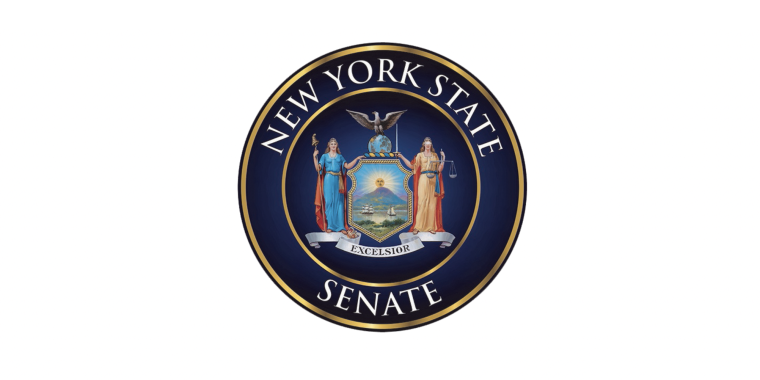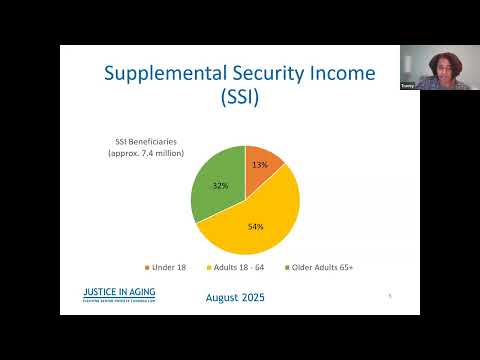
Testimony Before The New York City Rent Guidelines Board Regarding Proposed Rent Increases On June 17, 2009
Liz Krueger
July 15, 2010
My name is Liz Krueger and I represent the 26 th Senate District, which includes the Upper East Side, East Midtown and some western Midtown areas of Manhattan. I want to thank you for providing me with this opportunity to testify on the range of proposed rent increases for rent stabilized tenants: anywhere from 2 to 4.5% for oneyear leases (or adjustments of $20 $45 for apartments which have rented more than six years if that is larger than the guideline) and 4 to 7.5% for two year leases (or adjustments $40 $75 if that is higher than the guideline). Even if the rent increases ultimately approved end up being at the low end of the proposed ranges, I have
many serious concerns about what this decision would mean for the more than one million low, moderate and middleincome rent stabilized residents of New York City who are already facing a crisis of affordability and the worst recession since the Great Depression.
I fear that rent increases this high will lead to further hardships, and even evictions, for tens of thousands of New York City’s families, many of whom are barely making their current rents. The effects of these increases on seniors, the disabled and other vulnerable New Yorkers on fixed incomes would be especially grave. New York City is facing a tremendous escalation in the loss of its rent regulated housing and is currently undergoing the largest loss of all different types of affordable housing seen in recent times. According to the Rent Guidelines Board’s (RGB) own 2009 study of the rent stabilization stock, New York City lost 8,267 rent regulated units. This was 3,000 more that rent regulated units lost than in 2007 during which 5,088 units were lost. Over one third of the city’s subsidized apartments were lost between 1990 and 2006, with substantial losses in MitchellLama housing. Over 26,000 units have already been lost,
many of them being rentals. And the situation will only continue to get worse.
I strongly encourage the Board to reconsider its preliminary vote and to enact significantly lower guidelines. Such a decision would be entirely consistent with the legislative mandate and jurisdiction of the Rent Guidelines Board, which was established in 1969 to set rent guidelines which counteract the effects of an acute housing shortage. Free market conditions and the rules of supply and demand do not apply to the NYC rental market. This shortage still exists— according to the 2005 Housing and Vacancy Survey, the vacancy rate is 3.09% and RGB’s own studies indicate the citywide vacancy rate is 2.88%. A vacancy rate of less than 5% creates abnormal market conditions. The RGB’s mission is to construct or stimulate “normal” or “fair”
rent levels in a market driven by chronic scarcity and instability. Below are the key justifications for my position, as well as suggestions about how the RGB can expand its role in preserving affordable housing in New York City.
The Rent Guidelines Board Process Should Be Fundamentally Reformed
The current process for determining rents through the rent guidelines process is fundamentally flawed and is in dire need of reform. That is why I strongly support and cosponsor my 2 colleague State Senator Tom Duane’s proposed legislation, S.5566/A.5282, which would address many of the problems in the current system in a comprehensive way. This bill would reform the rent guidelines process in New York City and the surrounding counties by mandating several critical changes.
The RGB staff currently conducts a number of comprehensive studies each year in order to estimate current market conditions, landlords’ incomes and expenses, and the demographics of rent regulated tenants. However, the RGB members do not need to base their decisions on any of the results. Furthermore, because building owners are not required to provide their actual income and expenses to the RGB, the RGB staff is only able to generate very imprecise estimates. The rent guidelines boards of Nassau, Westchester and Rockland Counties, which have the power to subpoena owners’ revenue and expenses, consistently pass significantly lower increases than the New York City Board. S.5566 would require landlords to provide the RGB data on their actual income and expenses and for RGB members to make decisions based on
analyses of this data. Tenants in New York City should have the same right as tenants in Nassau, Westchester and Rockland counties to know that the increases on their apartments are based upon their landlords’ income and costs. This bill would also bar owners with serious codeimpairing violations from collecting the annual rent increase.
This legislation also seeks to change the composition of the RGB to include more tenant and landlord members. Tenants and landlords would each be represented by three members. The number, of public members who now effectively control the vote, would be reduced from five to three. The bill would ensure that all members have knowledge of affordable housing issues, and allow for the appointment of public members with backgrounds in social services, public service,or notforprofits. This change would require greater negotiation between all parties and less control over the public members by City Hall. In addition, all of these appointees would have to be approved by the City Council. All of these changes are critical to a more effective and balanced system which not only takes into the accounts of owners, but of tenants and the important issue of maintaining New York City’s precious affordable housing stock.
Why Lower Guidelines Are Appropriate This Year
While it is reasonable to expect tenants and landlords to share the burden of increased operating expenses, this burden must be shared equitably. It is unconscionable for building owners in one of the most profitable economic sectors of our economy to pass all of their expenses onto tenants who have a median household income under $32,000 and are facing numerous other regressive taxes and fees. Based on data from the city’s 2005 Housing and Vacancy Survey 2005, which is the most recent available, 43% of renters pay 50% or more for their rent. The poorest rent regulated tenants are facing the heaviest rent burdens – the bottom third of the city’s rent regulated renters have a median rent burden of 45%. The median lowincome renter household in Manhattan spends 53% of its monthly income on rent.
Rent stabilized housing is the only affordable housing resource left to most lowand
moderateincome tenants. However, once they have been priced out of their apartments, many rent stabilized tenants have few other options. Despite the economic slowdown, the market for rentals and coops/condos is still so strong that owners are able to demand for rents and prices well above what the median renter can afford – in every neighborhood of the city. Owners of rent regulated buildings have done extremely well during the past decade – they have seen both their profits and the value of their properties rise exponentially, particularly those with properties in Manhattan. According to the RGB’s 2009 Income and Expense Study, owners’ net operating income (the amount of income remaining after all operating and maintenance expenses have been paid) increased by 9.3% overall citywide, with Manhattan seeing an even greater
increase of 10.6%. It also showed that from 2006 to 2007, the increases in owner income outpaced the increase in operating costs.
One of the most important factors the RGB must consider is whether owners of regulated properties have the necessary income to maintain their buildings. The overall condition of the city’s rent regulated housing stock is healthy and continues to improve; the RGB’s 2009 Income and Expense Study reveals that the percentage of properties which are distressed, has gone down from steadily since 2004.
Larger Implications and Economic Context of RGB’s Decision
Section 26510 (b) of the Rent Stabilization Law requires the RGB to consider “relevant data from the current and projected cost of living indices” in its deliberations; the RGB members are also permitted to consider the effects of their decisions on the availability of affordable housing throughout the city. New York State continues to have one of the highest unemployment rates in the country—with the highest rates of unemployment being in the five boroughs of New York City.
There is a direct correlation between RGB increases with the loss of affordable housing as more units become subject to vacancy decontrol, and increased levels of homelessness. Approximately 13,000 rent regulated units were lost due to high rent/vacancy decontrol. In 2008, an average of 34,354 people stayed in city homeless shelters each night; the number of families staying in shelters were 8,971, significantly higher than its levels in the 1980s and 1990s. The RGB’s proposed guidelines would exacerbate the already dire circumstances of New York’s low and moderate income
families.
The proposed guidelines would also have significantly deleterious effects on middle income families. The preservation of affordable rent regulated units is essential to efforts to keep middleclass families in NYC and to the maintenance of healthy stable communities. If we truly want the city to maintain its vitality and diversity, we must do all can to ensure an effective rent protection system. The RGB should seriously consider the reforms which are obviously necessary to make this yearly process more effective and fairer to all parties in this system. As the crisis in affordable housing deepens and becomes more widespread, the RGB must address this issue and become more engaged in a proactive way to keep our housing stock as affordable as possible so that we can maintain the economic diversity of our city.


